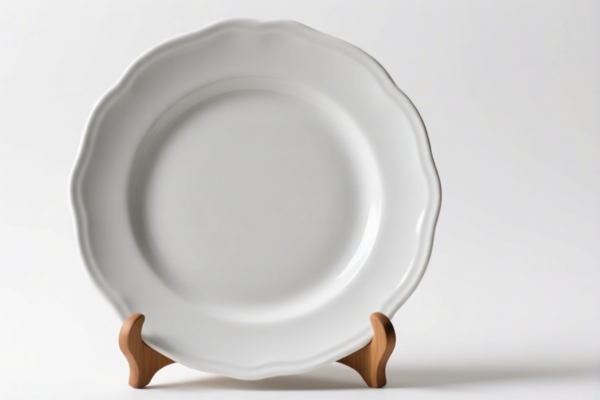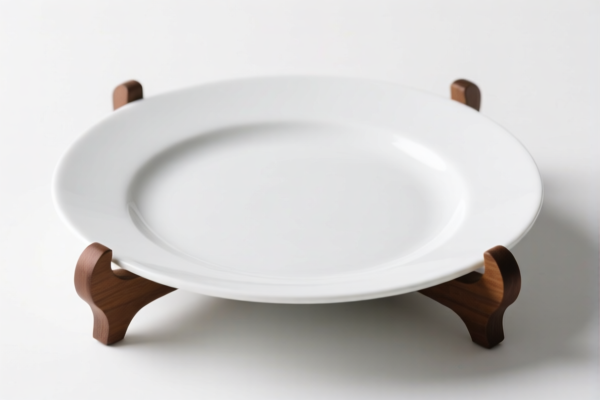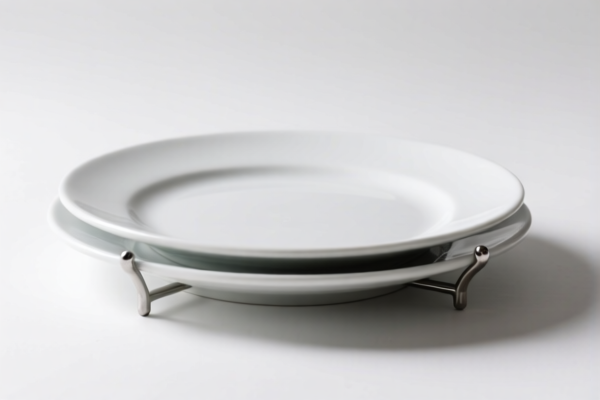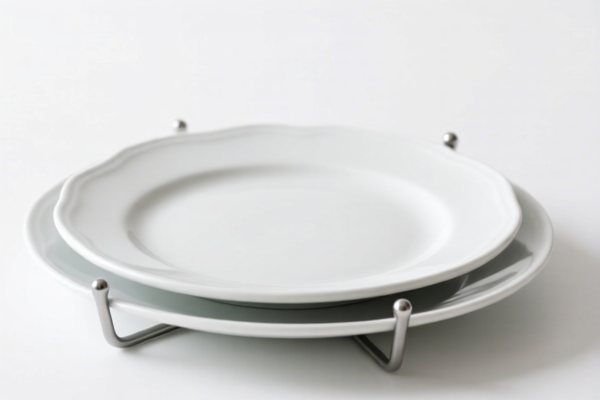| HS Code | Official Doc | Tariff Rate | Origin | Destination | Effective Date |
|---|---|---|---|---|---|
| 7308903000 | Doc | 80.0% | CN | US | 2025-05-12 |
| 7308906000 | Doc | 80.0% | CN | US | 2025-05-12 |
| 7326908630 | Doc | 82.9% | CN | US | 2025-05-12 |
| 7326908605 | Doc | 82.9% | CN | US | 2025-05-12 |
| 8310000000 | Doc | 55.0% | CN | US | 2025-05-12 |
| 8306300000 | Doc | 82.7% | CN | US | 2025-05-12 |
| 8306100000 | Doc | 35.8% | CN | US | 2025-05-12 |
| 4823901000 | Doc | 55.0% | CN | US | 2025-05-12 |
| 4823908000 | Doc | 55.0% | CN | US | 2025-05-12 |
| 4822900000 | Doc | 55.0% | CN | US | 2025-05-12 |
| 4822100000 | Doc | 55.0% | CN | US | 2025-05-12 |




Fixed Plate Fixing Support
Fixed plate fixing supports are mechanical components utilized to securely attach plates to a supporting structure. They are foundational elements in numerous engineering and construction applications, providing stability and load-bearing capabilities.
Material
These supports are commonly manufactured from:
- Steel: Offers high strength and is suitable for heavy-duty applications. Various steel alloys (carbon steel, stainless steel) are used depending on the environment and load requirements.
- Aluminum: Lightweight and corrosion-resistant, making it ideal for applications where weight is a concern or exposure to corrosive elements is present.
- Cast Iron: Provides good damping characteristics and is often used in machinery bases.
- Plastics/Polymers: Used for lighter loads and applications where electrical insulation or corrosion resistance is paramount. Specific polymers like nylon or polypropylene are common.
Purpose
The primary purpose of a fixed plate fixing support is to:
- Secure Attachment: Firmly hold a plate in a defined position.
- Load Transfer: Distribute loads from the plate to the supporting structure.
- Vibration Damping: Reduce vibration and noise transmission in some designs.
- Maintain Alignment: Ensure precise positioning and alignment of the plate.
Function
Fixed plate supports function by:
- Clamping Force: Utilizing bolts, screws, or other fasteners to create a clamping force that secures the plate.
- Surface Contact: Maximizing surface contact between the support and both the plate and the supporting structure for efficient load distribution.
- Rigid Connection: Providing a rigid connection that minimizes movement and deflection.
- Shear and Tension Resistance: Withstanding shear and tensile forces generated by the applied load.
Usage Scenarios
These supports are found in a wide array of applications:
- Machinery Mounting: Securing baseplates of motors, pumps, compressors, and other machinery.
- Structural Engineering: Connecting plates in bridges, buildings, and other structures.
- Automotive Industry: Mounting components in vehicles.
- Electronics: Supporting circuit boards and other electronic components.
- Industrial Equipment: Supporting plates in conveyors, robots, and other industrial systems.
- HVAC Systems: Supporting ductwork and equipment.
Common Types
- Base Plates: Flat plates with mounting holes, often used as a foundation for machinery.
- Angle Supports: L-shaped supports used to provide additional stability and rigidity.
- Welded Supports: Supports directly welded to the plate and supporting structure.
- Bolted Supports: Supports secured with bolts and nuts.
- Clamped Supports: Supports using clamping mechanisms to hold the plate in place.
- Adjustable Supports: Supports allowing for fine adjustments in position and alignment.
- Spring Supports: Incorporate springs to accommodate thermal expansion and vibration.
- Dampening Supports: Designed with materials or features to reduce vibration transmission.
Based on the provided information, “fixed plate fixing support” can be classified under the following HS codes:
- 7308903000: Structures (excluding prefabricated buildings of heading 9406) and parts of structures (for example, bridges and bridge sections, lock gates, towers, lattice masts, roofs, roofing frameworks, doors and windows and their frames and thresholds for doors, shutters, balustrades, pillars and columns) of iron or steel; plates, rods, angles, shapes, sections, tubes and the like, prepared for use in structures, of iron or steel: Other: Columns, pillars, posts, beams, girders and similar structural units: Not in part of alloy steel. This code covers structural units of iron or steel, and a fixed plate fixing support could be considered a component used in structures.
- 7308906000: Structures (excluding prefabricated buildings of heading 9406) and parts of structures (for example, bridges and bridge sections, lock gates, towers, lattice masts, roofs, roofing frameworks, doors and windows and their frames and thresholds for doors, shutters, balustrades, pillars and columns) of iron or steel; plates, rods, angles, shapes, sections, tubes and the like, prepared for use in structures, of iron or steel: Other: Columns, pillars, posts, beams, girders and similar structural units: Other. This code also covers structural units, offering a broader classification if the specific alloy composition is not specified.
- 7326908630: Other articles of iron or steel: Other: Other: Other Hangers and similar supports for tubes and pipes. If the fixed plate fixing support is designed to hold tubes or pipes, this HS code may be applicable.
Tax Rate Details:
All three HS codes share the following tax rate details:
- Basic Tariff: 0.0%
- Additional Tariff: 25.0%
- Tariff after April 2, 2025: 30.0%
- Additional 25% tariff on steel and aluminum products.
- Total Tariff: 80.0% (for 7308903000 and 7308906000) or 82.9% (for 7326908630).
Important Note:
The total tariff rate is 80.0% for HS codes 7308903000 and 7308906000, and 82.9% for HS code 7326908630. Please verify the material composition of the fixed plate fixing support to determine the correct HS code and applicable tariff.
Customer Reviews
No reviews yet.